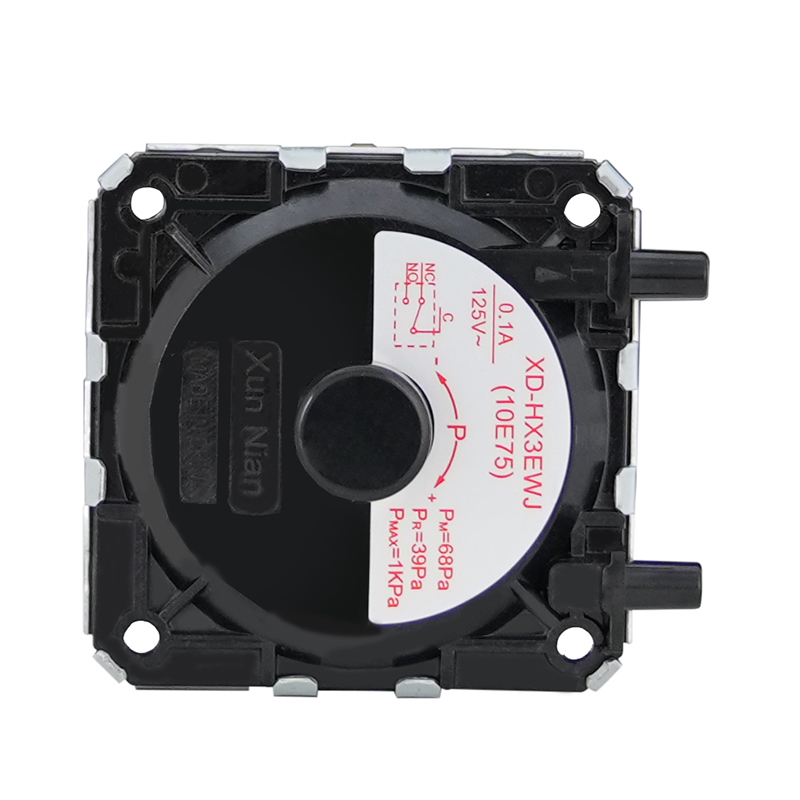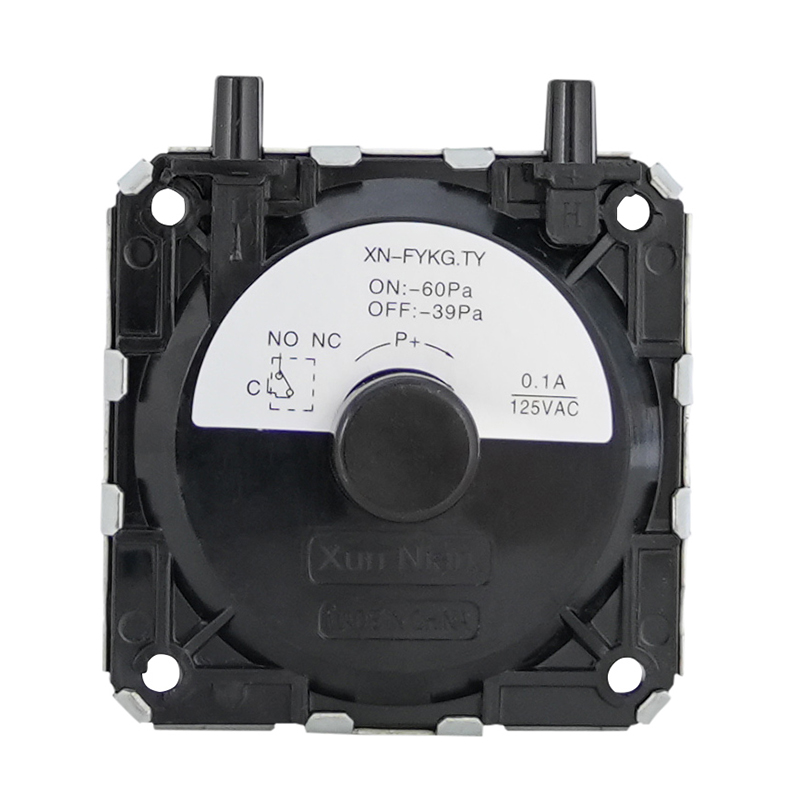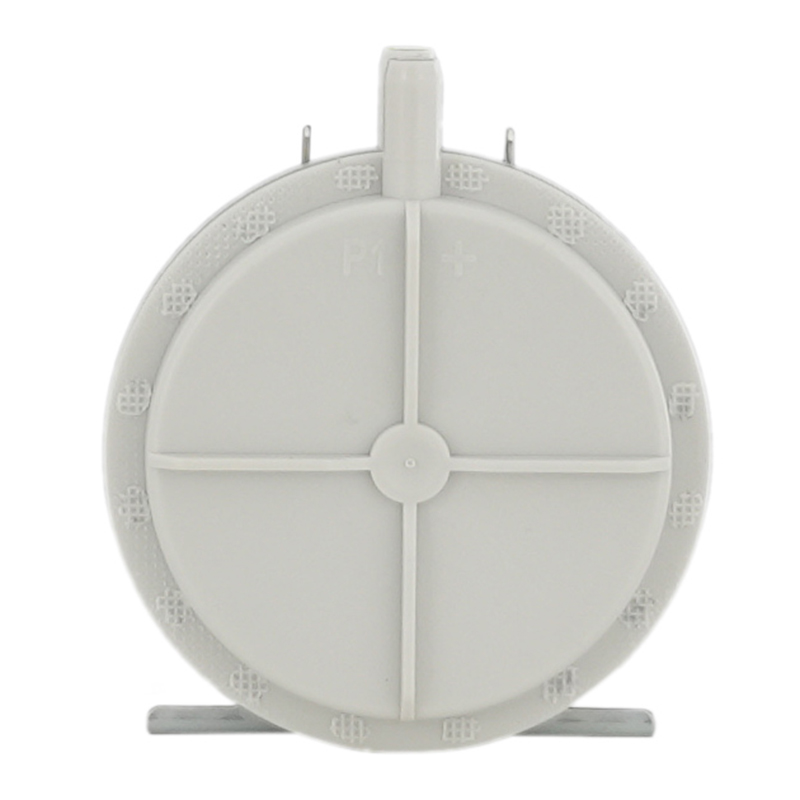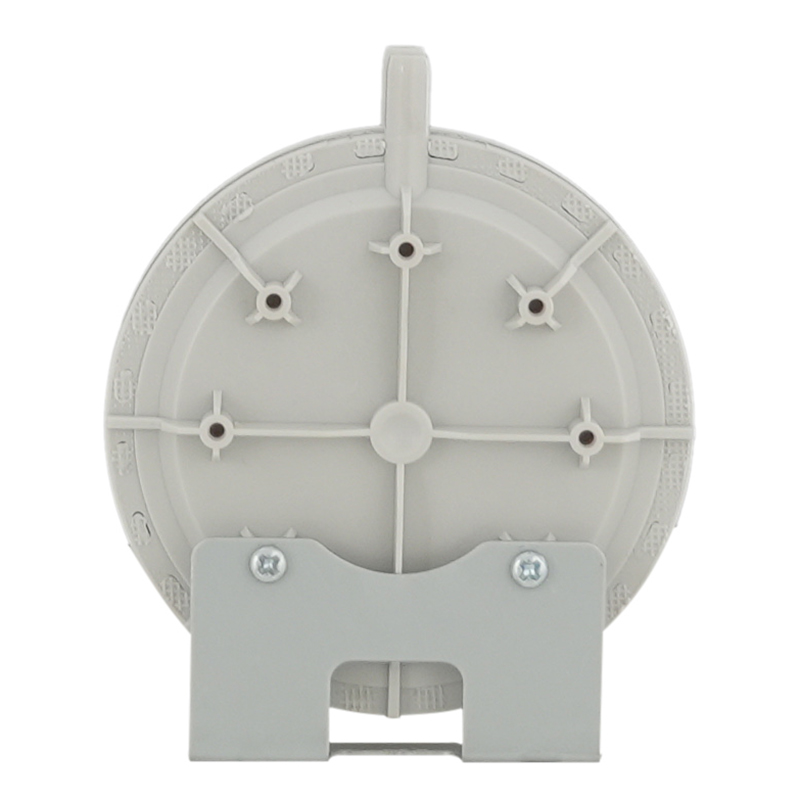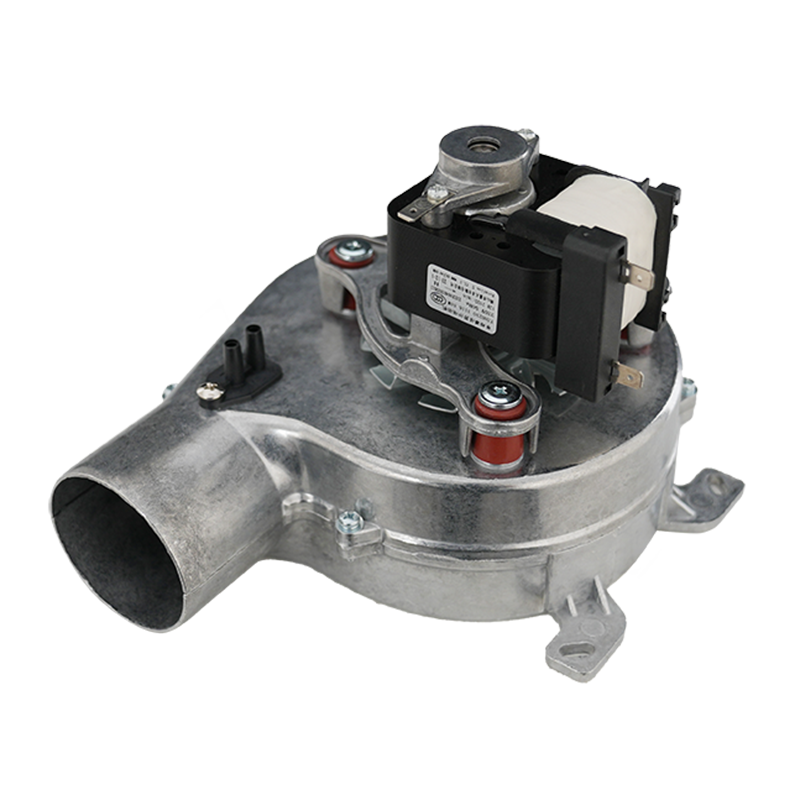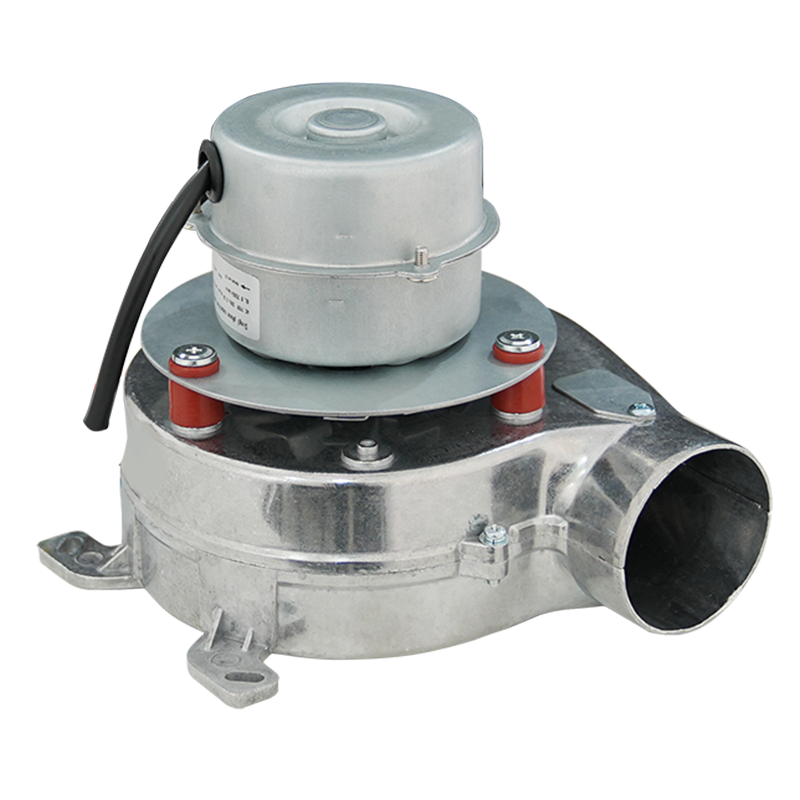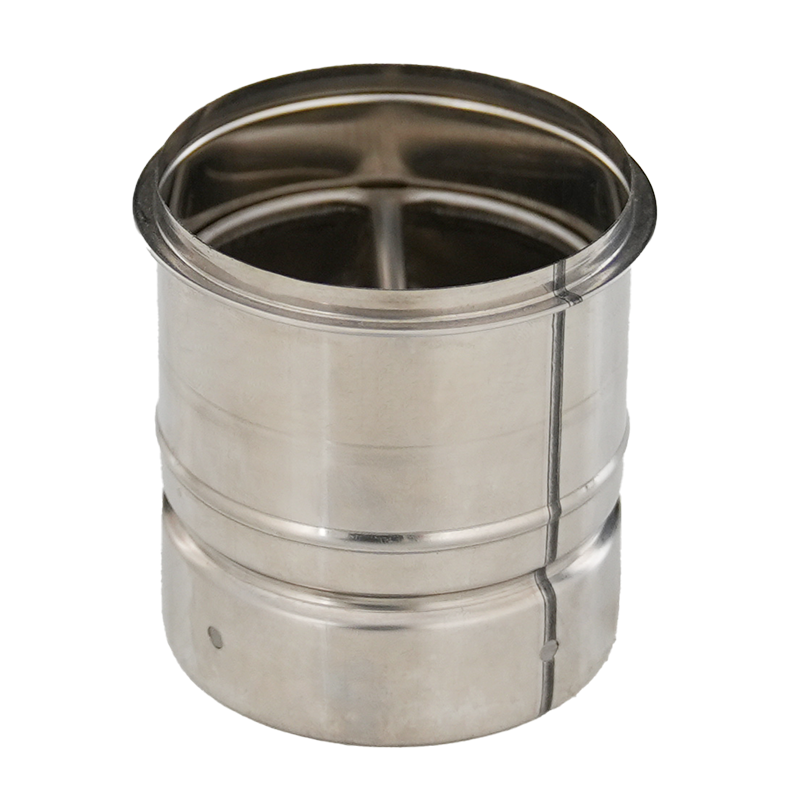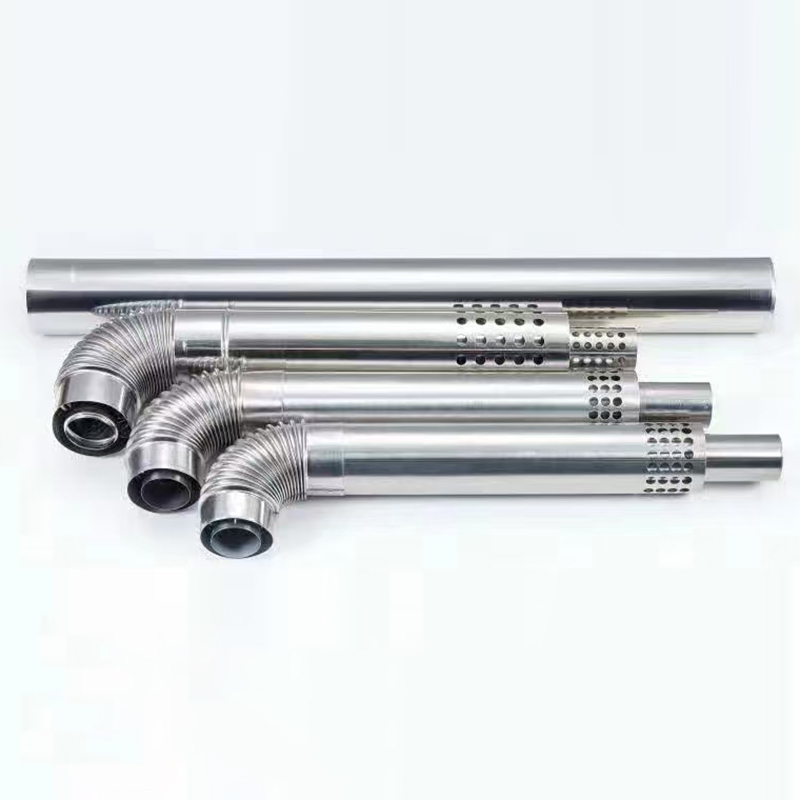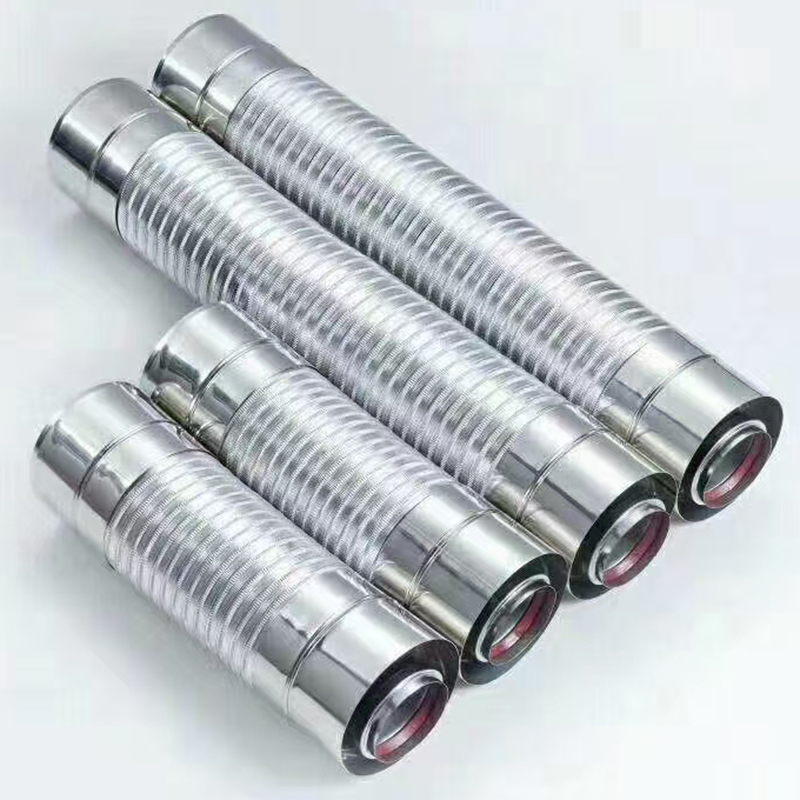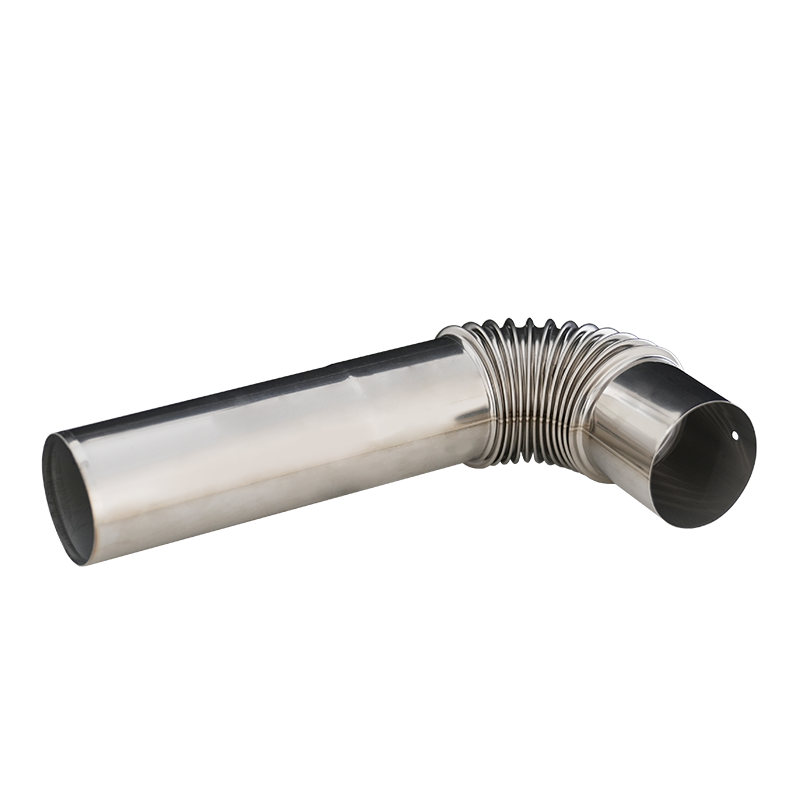The humming sound of air compressors has long been a common sight in factory workshops and auto repair shops. As the core of the power source, air compressors continuously supply compressed air to pneumatic tools. However, many people are unaware that the "key player" controlling their start-stop operations and pressure stability—the pressure switch—is undergoing an upgrade from "mechanical response" to "intelligent decision-making." The new-generation intelligent pressure switch, which is like equipping an air compressor with an "intelligent brain," is known in the industry as the "Air Pressure Commander."
Traditional pressure switches are more like "mechanical valves," only capable of setting fixed pressure values for starting and stopping. When the pressure of the air compressor reaches the upper limit, the switch forces it to shut down; when the pressure drops below the lower limit, it immediately restarts the compressor. This "one-size-fits-all" control method hides many problems. For example, when using a pneumatic wrench to remove or install tires during auto repairs, the instantaneous air consumption surges sharply, causing the pressure to drop rapidly. Traditional switches will start and stop frequently, which not only produces harsh noise but also subjects the motor to repeated start-up impacts, shortening the equipment's service life. Moreover, the fixed pressure range cannot adapt to different scenarios. When supplying air to precision instruments, even slight pressure fluctuations may affect accuracy—something traditional switches simply cannot handle.
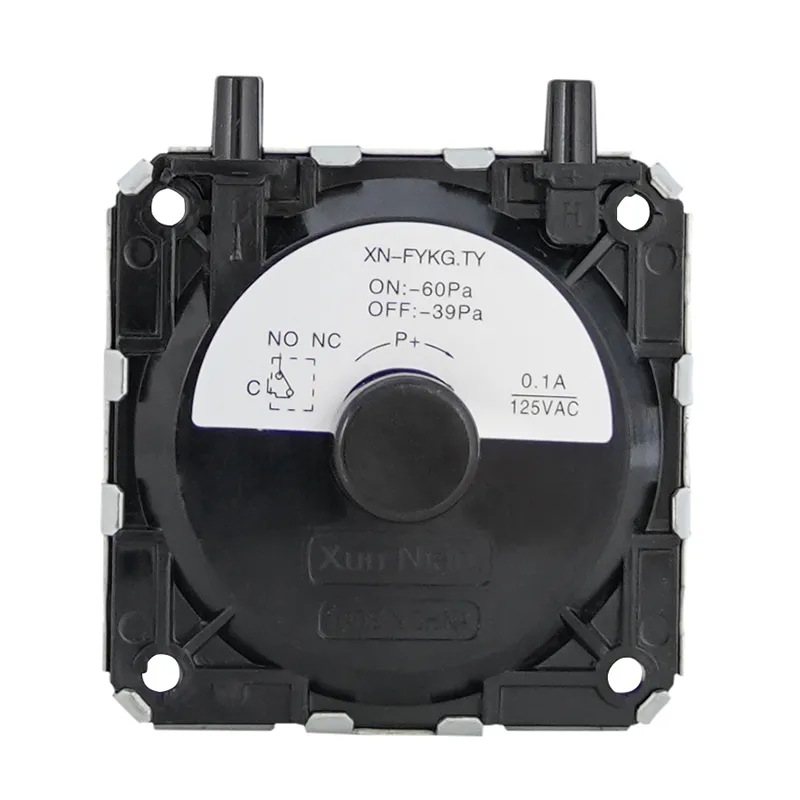
In contrast, the "Air Pressure Commander"—the intelligent pressure switch—has completely changed this passive mode. Its built-in intelligent chip, like the "nerve center" of a brain, can collect real-time data such as the air compressor's pressure, flow rate, and temperature, and dynamically adjust operating parameters through algorithms. For instance, in a woodworking workshop, when air nailers are used in the morning (resulting in low air consumption), the intelligent switch will automatically narrow the pressure fluctuation range to maintain stable pressure; in the afternoon, when large pneumatic saws are used (with high air consumption), it will expand the range to avoid frequent start-stops. This not only ensures the normal operation of tools but also reduces energy waste.
Energy efficiency is a major highlight of the "Air Pressure Commander." Due to frequent start-stops, the no-load energy consumption of traditional air compressors accounts for more than 30%. The intelligent pressure switch can automatically adjust the motor speed according to air consumption: when air demand is low, it reduces the speed to cut energy use; when no air is needed at all, it enters a low-power standby mode instead of shutting down directly. After installing an intelligent pressure switch, an auto repair shop saved nearly 20% on monthly electricity bills, allowing it to recover the equipment cost within one year.
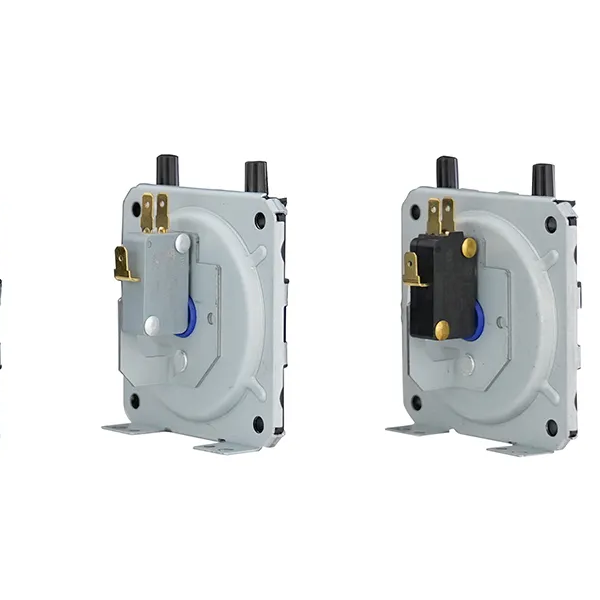
The equipment protection function is also more comprehensive. Traditional switches can only monitor pressure; if the air compressor encounters faults such as excessive oil temperature or motor overload, these issues are often only detected after the equipment shuts down. The intelligent pressure switch, however, can monitor multiple parameters in real time. Upon detecting abnormalities, it immediately issues an alarm and adjusts the operating status simultaneously—for example, automatically reducing the load when oil temperature is too high to prevent motor burnout. Some intelligent switches can also connect to mobile apps, enabling staff to check the air compressor's operating data in the office and handle faults promptly, eliminating the need for frequent trips to the workshop for inspections.
Today, with the advancement of industrial automation, air compressors have increasingly high requirements for control precision, and the "Air Pressure Commander" is becoming a new industry trend. It not only addresses the pain points of traditional pressure switches but also provides a basis for the maintenance of air compressors through data accumulation. For example, it can predict the service life of vulnerable parts based on operating data and enable proactive replacement, reducing sudden faults. Equipping an air compressor with an "intelligent brain" may seem like a small upgrade, but it brings enterprises multiple values—energy efficiency, high performance, and safety—making it an "invisible helper" for improving production efficiency.


